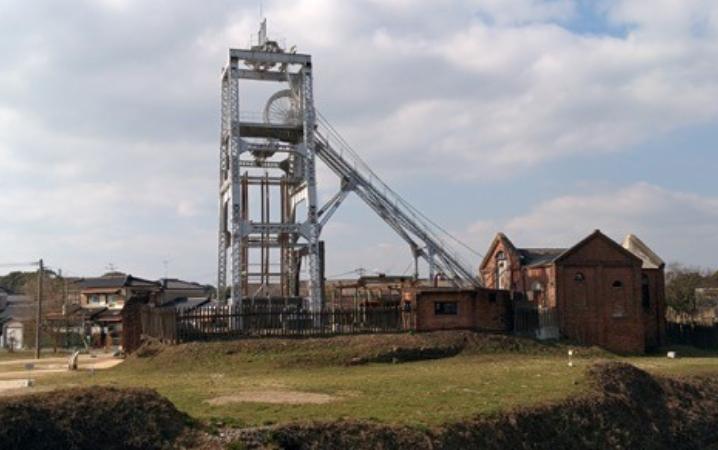Japan wanted UNESCO recognition for its industrial history but tried to overlook this one problem

The Miike Coal Mine, extending across Omuta and Arao in Kyushu, was an engine for economic growth in Japan until the nation’s defeat in World War II. In 1873, the Meiji government introduced convict labor in the mine. This arrangement continued after the government handed the mine over to a private company, the Mitsui Coal Mine. It was not until 1931, in the wake of the International Labor Organization’s 1930 Forced Labor Convention, that convict labor was terminated. The history of convicts in the mine was not widely known for decades until a local group started restoring memories of it in the 1960s....
While the central role of the coal industry in Japan’s industrialisation was stressed through the world heritage registration process, the close relationship between pre-war industrialisation and development of the modern penal system, and the use of prison labor, has been less acknowledged. In Miike, use of convict laborers from the nearby Miike shūjikan (central correctional institution) was indispensable for the operation of the coal mine during the early Meiji period.
Although the connection between industrialisation and the penal institution was not emphasised during the UNESCO registration discussion, it is widely acknowledged in the local community. At the Miyanohara tunnel entrance, one of the UNESCO registered sites, the official displays show the prisoners at work there. Interestingly, the posters made by junior high school students mention the use of prison labor in the mine. There have long been local efforts to preserve the history of prisoner labor in the mines.